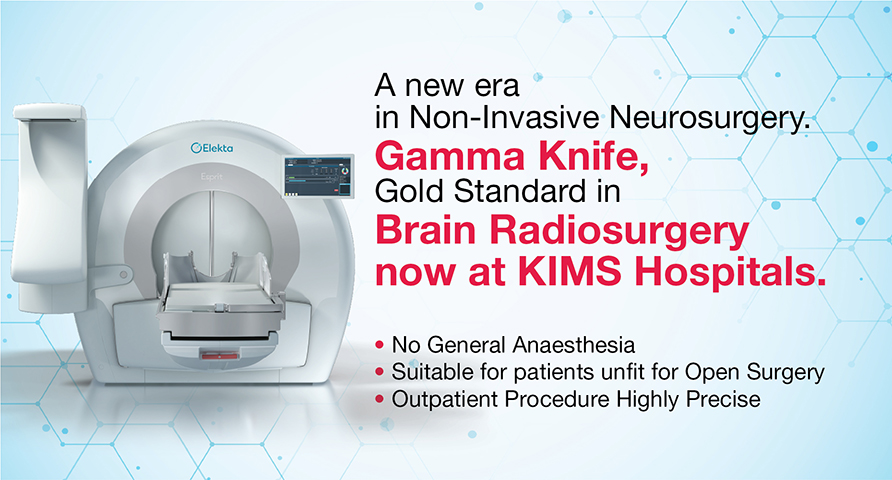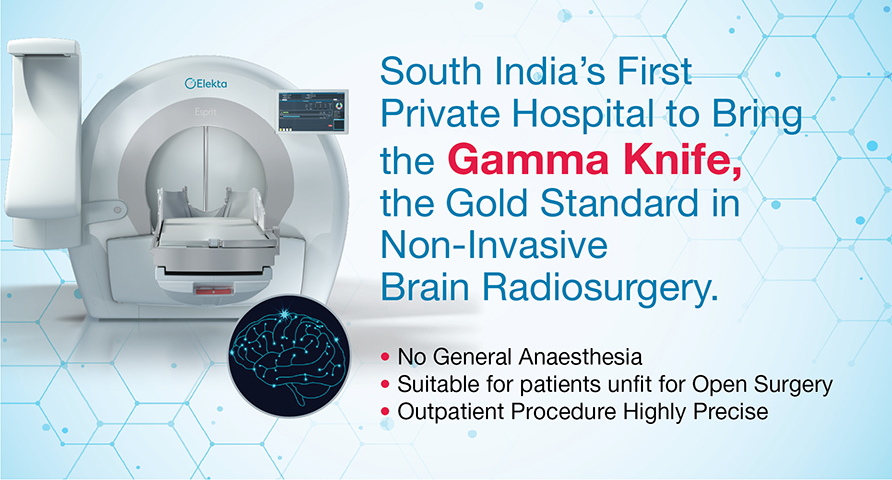Clinical Haematology is a subspecialty of medicine and pediatrics which deals with blood disorders. Blood disorders are among the most un-documented causes of death, especially among the disadvantaged in India.
BLOOD DISORDERS:
Blood disorders
may, broadly, be categorized into congenital and acquired.
CONGENITAL BLOOD DISORDERS:
Congenital blood disorders, generally, are genetic and related to the genetic factors, associated with the community, race, region, etc.. They are on an increase among certain social groups and regions. They, broadly, include Thalassemia, sickle cell disease and other hemoglobinopathies, hemophilia and other bleeding disorders, inherited Aplastic Anemia and other Bone Marrow failure syndromes, immune disorders etc.
Thalassemia:
Thalassemia is a fatal blood disorder that, in addition to destruction of red blood cells, produces defective red blood cells. It comprises alpha-Thalassemia and beta-Thalassemia, reflecting the abnormality of protein chain. It is inherited and has to be passed by both the parents, irrespective of caste, creed, religion, etc. The symptoms vary with the type of Thalassemia from mild anemia with little or no effects to severe. The severe from of Thalassemia (Thalassemia major) requires life-long blood transfusion, every 3 to 4 weeks, and medicines, failing which, 90 per cent of the children would die during the childhood. The life-long transfusions, though, save lives; they over-load iron, especially in the liver, heart and endocrine glands. The iron deposits, eventually, cause limited growth, diabetes and other hormonal abnormalities, abnormal heart rhythms or heart failures and liver failure. The iron deposits have to be monitored and affected by chelation therapy of 12 hours a day for 5-7 days. It may if necessary require Splenectomy and bone marrow transplantation is the only curative option. In India, 10,000 to 12,000 children are born every year with Thalassemia Major. Around 10,000 die by the time they reach their 1st birthday because of immensely limited diagnostic and clinical services. Another thousand are not able to cope with the continues requirement of blood transfusion and succumb to limited resources.
Remaining 800 to 1000 patients only continue to be alive to see their first decade of life with lot of difficulties.
Sickle Cell Disease:
Sickle cell disease is a major blood disorder that mutates the red blood cells, resulting in, mostly, hemoglobin S, which may resemble sickle. It is hereditary and, generally, confined to the disadvantaged like SCs, STs, NTs, etc. It is a defective hemoglobin (Hbs), resulting in anemia, intermittent jaundice, severe joint pains and recurrent infections. The symptoms, usually, appear between the ages of four and five, and the severity increases with the age. The severe form of this disease called Sickle cell disease, manifests in children born to parents with carrier state of the disease and is transfusion dependant throughout the life. They often develop complications called ‘crisis’ leading to frequent hospitalizations, morbidity and mortality. The patients of Sickle cell disease are seen in more numbers in the region of Andhrapradesh, Maharashtra and Orissa. The incidence is as high as 10 to 40 percent in some of these regions and in some of the tribal belts of Madhya pradesh, Orissa, Maharashtra and Andhra Pradesh. There is currently no universal cure available. They have to be transfused with normal adult blood which leads to Iron overload. The ultimate cure for all these types of patients is Bone Marrow transplantation.
Inherited Aplastic Anemia:
Inherited Aplastic anemia also called as Inherited Bone marrow failure syndromes (IBMFS). This group of disorders is common in India because of consanguineous marriages. The children are born normal and eventually within few months to years develop decreased hemoglobin, white blood cells and Platelets. Unless treated they develop symptoms related with anemia (low Hemoglobin), repeated infections and bleeding from various organs and eventually die with complications related with blood transfusions and infections. They may suddenly die because of bleeding in the brain because of low and diseased platelets. The only treatment option is Bone Marrow Transplantation.
Hemophilia:
Hemophilia is a serious blood disorder that impairs blood from forming a firm clot, normally and quickly. It is sex-linked and hereditary, occurring in males, but transmitted through female. The bleeding manifestations may include simple skin bleeds after injury to more complex bleeding into the joints, muscles and other organs which sometimes gets unnoticed leading to risk to life. Prognosis depends on the conditions of the family, care and avoidance of accidental injuries.
The symptomatic treatment, during bleeding, is transfusion of the deficient factor (protein) or blood and/ or plasma, failing which 90 to 95 per cent may cripple and physically handicapped and may die ultimately.
Other congenital Bleeding disorders:
Von Willebrand Disease, Glanzmann’s thrombasthenia and Bernard Soulier syndrome are the commonest congenital bleeding disorders seen in Indian population because of consanguineous marriages. These conditions are not detected on time because of limited diagnostic facilities and are not managed properly because of limited skill and blood products. The available form of management for these patients is supportive (platelet Transfusion) and medicines which are not produced in India and are to be imported. Non availability of such medicines makes it difficult to manage.
ACQUIRED BLOOD DISORDERS:
Acquired blood disorders, often, are transmitted, and related to the lifestyle and living conditions. They are on an increase due to the changing environment and climatic conditions. They include Nutritional Anemia, Idiopathic Aplastic anemia, Immune thrombocytopenic purpura (ITP), leukemia, polycythemia vera, Myelodysplastic Syndromes etc.
Anemia:
Anemia is a common blood disorder, devoting symptom, not a disease. It is, often, a transient symptom, associated with many diseases, and may complicate and create further disorders. The symptoms of anemia are tiredness, dyspepsia, palpitations, tachycardia, murmurs, etc. The most common of them is the Iron deficiency anemia, which can be treated by supplementing Iron. Transfusion of blood is required, if the symptoms are severe. Iron deficiency and other forms of nutritional anemia are common in India in view of poverty, less awareness about the dietary needs and worm infestations.
Immune Thrombocytopenic Purpura:
Immune (Idiopathic) thrombocytopenic purpura (ITP) is a rare blood disorder that affects platelets. The causes are, yet, to be known. It appears, and frequently, without any preceding symptoms. The characteristics are bleeding into the skin and also into the sub-dermal tissue and muscles. The hemorrhagic spots range from petechiae to large bruises. There will be a significant reduction in platelet count. The chronic cases lead to recurrent bleeding, and may lead to fatal situation. Of late this condition is on the rise because of Dengue Fever and its associated complications.
Idiopathic Aplastic Anemia:
Idiopathic Aplastic anemia is another blood disorder that affects the stem cells which are responsible for the production of blood cells in the bone marrow. From various drugs, chemicals, radiation and other viral diseases it may result. It is, sometimes, associated with another blood disorder – paroxysmal noctumal hemoglobinuria (PNH). It causes fatigue, weakness, infections and bleeding, especially in mucus membranes and skin. Blood transfusions and platelet transfusion help in relieving symptoms in mild cases and bone marrow transplant is adopted in severe cases.
Anti-thymocyte globulin (ATG) is being used as an alternative to bone marrow transplantation. Un-treated idiopathic Aplastic anemia leads to rapid failure of the system, and ultimately death.
Leukemia:
Leukemia is a serious blood disorder that is responsible for the emergence of large number of, mostly, immature white blood cells in to the blood stream. The on-set of disease, often,accompanied by an elevation of temperature, and the common symptoms include fever or night sweats, frequent infections, headache, loss of appetite, fatigue, bleeding and bruising, pain in bones and joints, swelling or discomfort in abdomen, swollen lymph nodes, and, some times, vomiting, which is often observed during the acute stage. Intense paleness is observed in the face, the skin turns in to waxy hue, skin hemorrhages occur from minute petechiae to large spots, etc. The course of disease is from several weeks to six months and termination is lethal. Treatment depends on number of factors, including the type of leukemia, age, whether leukemia cells are present in the cerebrospinal fluid, and whether the leukemia is treated before. Of all the types the childhood Acute Lymphoblastic leukemia has achieved higher cure rates in the range of 90 to 95% in western countries. This has not been possible in India because of many factors like poverty, illiteracy and limited health resources which include awareness in the treating doctors and diagnostic facilities.
Polycythemia Vera:
Polycythemia Vera (PV) is a chronic blood disorder that enhances the production of red cells, white cells and platelets, and even the volume of blood. The cause is, yet, to be known. Polycythemia Vera develops slowly and may not produce symptoms for many years. It is rare among the people who are younger than 20 years and common among males over 60 years. The symptoms are vague and non-specific. It is a life-threatening, with a high risk of blood clots, causing heart attack and Polycythemia Vera can be controlled with treatment, and there is no cure at present. The treatment controls Polycythemia Vera and lessens the risks of blood clots, heart attack and stroke, which may be fatal.
Others:
The spectrum of acquired blood disorders is huge. The list of diseases is long. Though the diseases are rare to be encountered at present, they have been on the rise recently. This has been possible because of early diagnostic and treatment interventions in the affording class of patients.
There is a projection of more number of patients in the underprivileged and the non-affording class of people.












